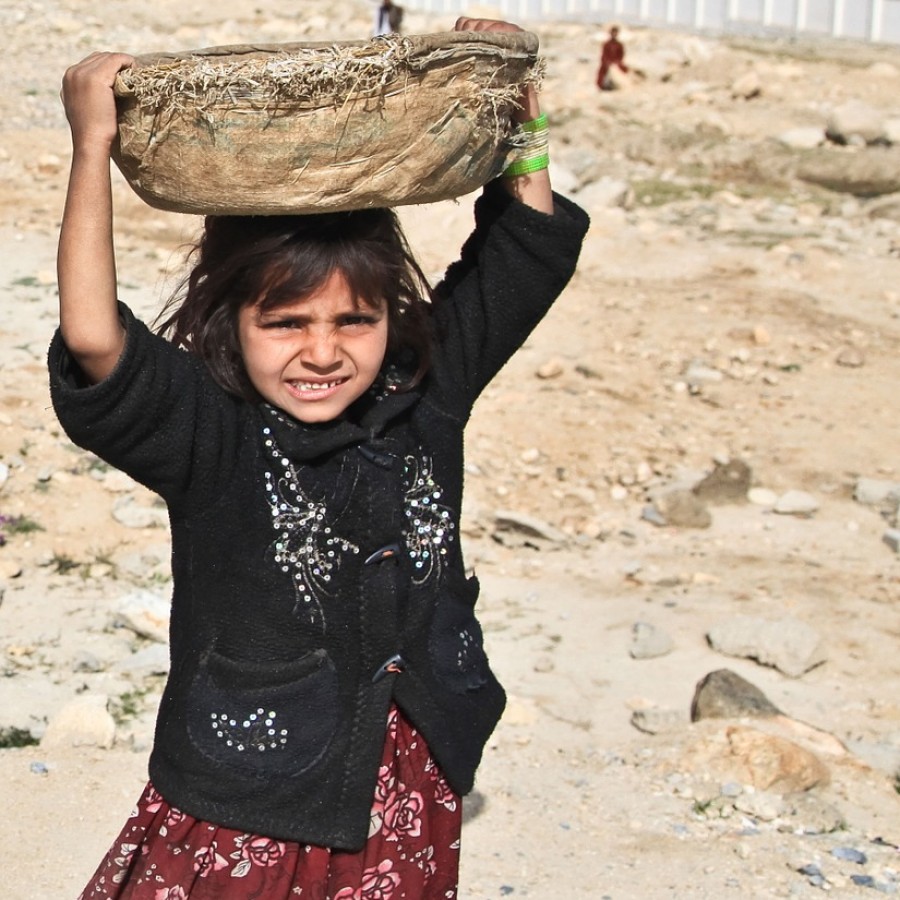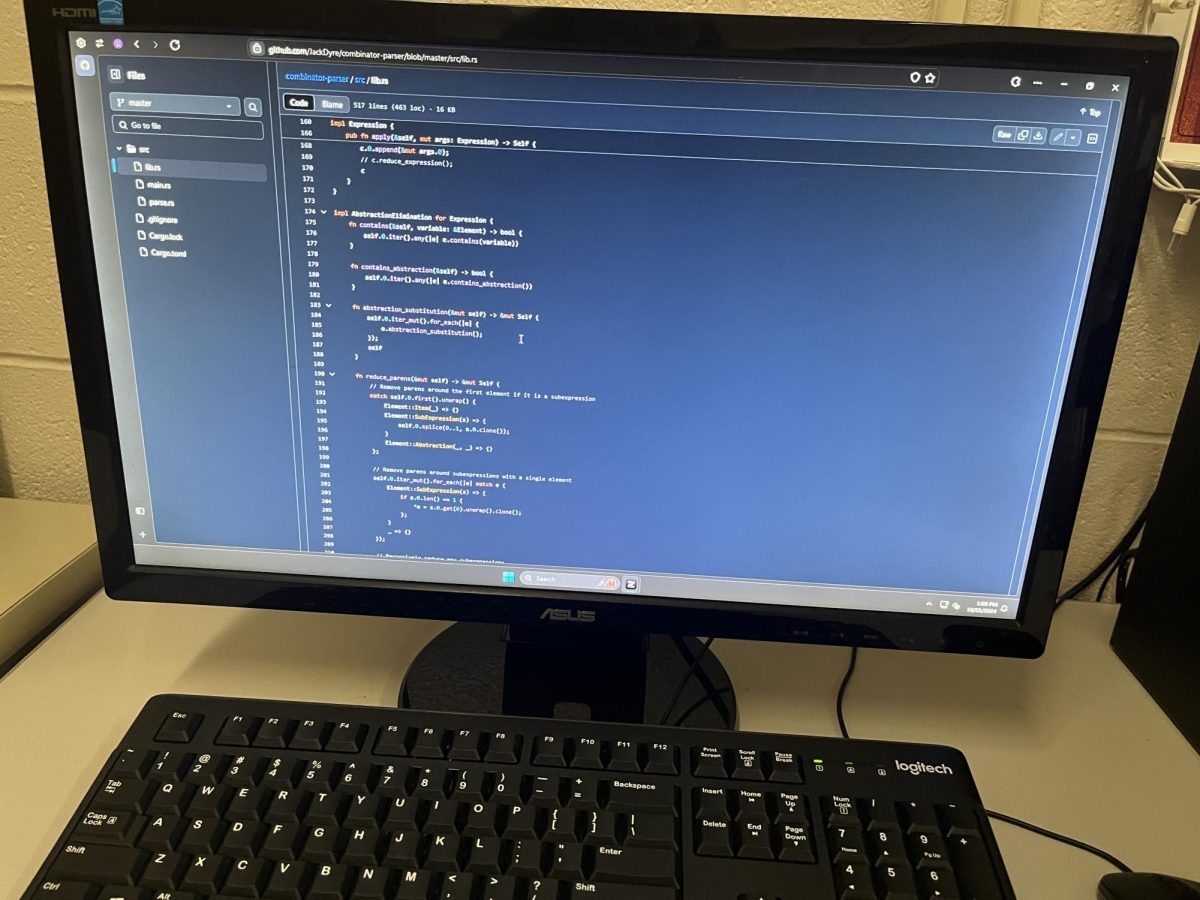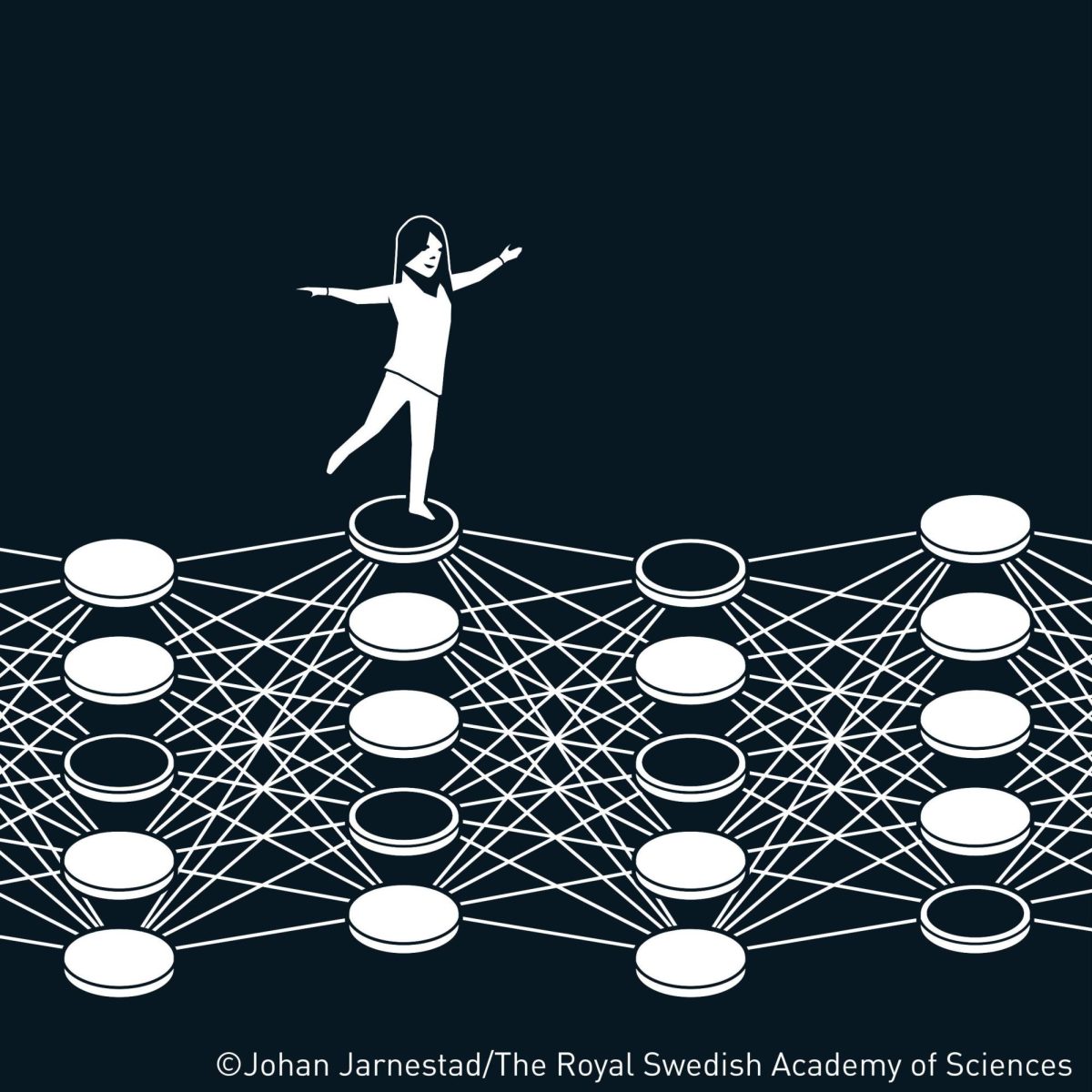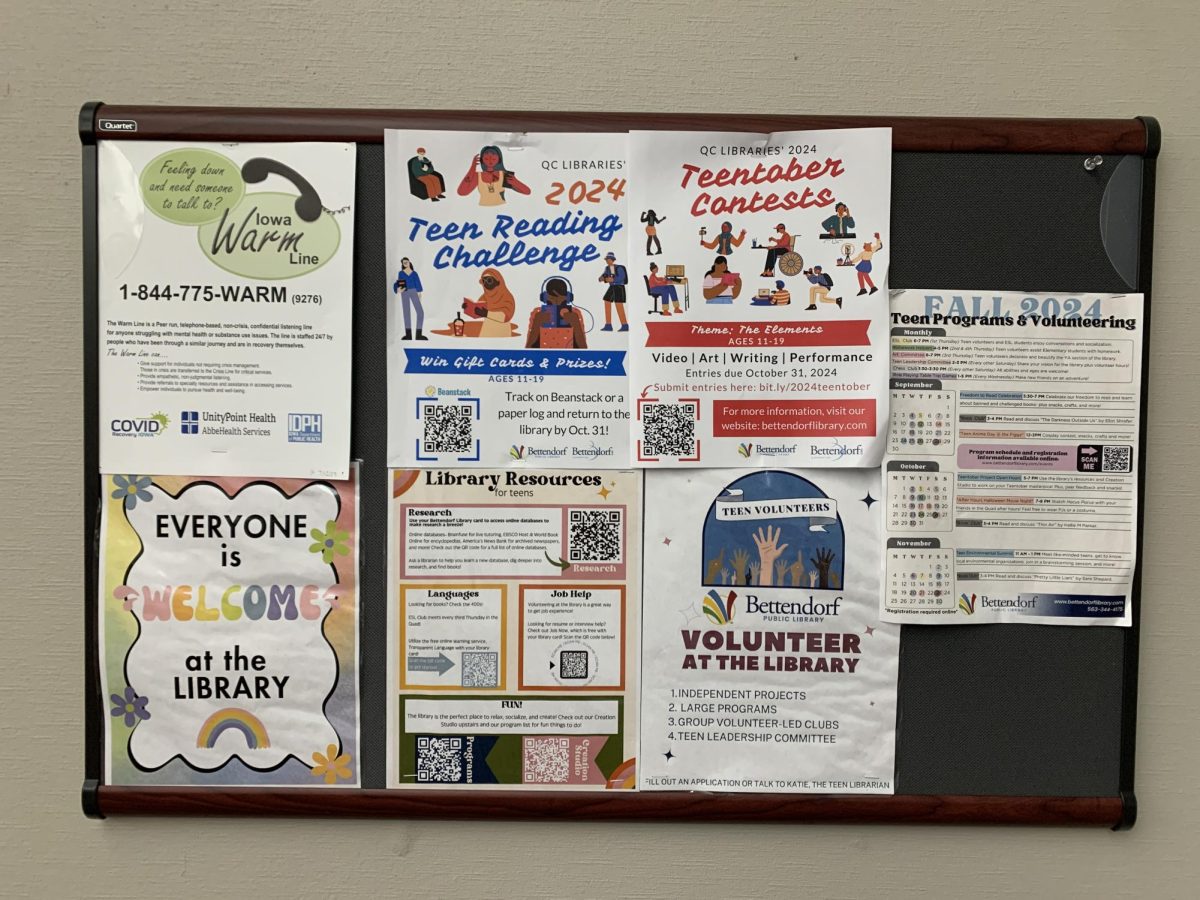Children are an easy source of cheap labor. Impoverished families living in developing countries where poverty is vastly prominent need all the money they can get. Due to school closures caused by the COVID-19 pandemic, child labor is becoming increasingly prevalent.
Most of the students residing in developed nations have access to the technology needed for online learning. However, developing countries do not have this luxury–access to technology and the Internet is unattainable.
Whether it be working on cocoa plantations, rolling cigarettes, stacking bricks, serving tea outside brothels, mining sand, or begging for money, children as young as eight are being forced into grueling labor.
Many have no choice. 14-year-old-Surlina is an impoverished Indonesian. She works daily to provide money for her family. Her dad lost his job due to the pandemic and her mom is a maid. She poses as a statue, painting herself silver and begging passersbys for money. Surlina’s struggle isn’t uncommon in developing countries, and serves to prove the extreme measures children have to endure for money.
Numerous developing countries previously faced serious child labor problems, but the pandemic is increasing the severity of the issue. Every day during the pandemic, an increasing amount people lose their jobs and plummet below the poverty line.
Furthermore, there is a potentially colossal magnitude of school unenrollment. United Nations officials estimate that at least 24 million children will drop out of school and that millions could be forced into labor.
Dropping out could ruin any progress children previously made at school, leading to a possible decline in literacy, mental and physical health, sociability, and overall well-being. “All the gains that have been made, all this work we have been doing, will be rolled back, especially in places like India,” expressed high-ranking UNICEF official Cornelius Williams.
Senior and member of Girls Learn International at PVHS Muskan Basnet has studied the increase in child labor due to corona. “With schools shutting down, children miss out on an education if they were fortunate enough to go in the first place. Add[ing] onto that, their parents [are] losing their jobs or making less money than they used to make. In order to make enough money for the families, children are working even more,” Basnet expressed.
Moreover, anganwadis–courtyard shelters in Hindi–provide millions of young children and women in India with food, immunizations, clothes, and contraceptives for poor women. However, because of the pandemic, anganwadis have been shut down by the government, leaving the poor in even more anguish.
Much of the labor involves “exposing vulnerable girls and boys to hazardous conditions, physical stress, emotional trauma and exploitation.” Because of the pandemic, there are fewer workplace inspections. A myriad of children have reported severe injuries.
10-year-old Shahnawaz Ansari works at a construction site in Gaya. “I get headaches. I can’t sleep at night. My body tingles,” Ansari noted. He works constantly, hoisting heavy loads above his head, while his knees nearly buckle as he walks dusty, gravel roads.
To add to the matter, experts and workers alike believe that even if school reopens, it will be difficult to get children back in school. “I fear that even if school reopens, I will have to keep doing this, because of the family’s debt”, Ansari’s 12-year-old brother Mumtaz Ansari stated.
Many parents feel extreme pressure to keep their kids busy with labor for the money. “We need their wages‘‘Without them, I wouldn’t be able to cobble together two meals.” expressed Mohammad Mustakim Ansari, the father of Mumtaz and Shahnawaz.
Government officials say they have no choice but to keep schools closed. “They can end up becoming vectors of virus,” Advisor of the education ministry Rajesh Naithani indicated. India has instructed elementary and middle schools to remain closed indefinitely. Over 200 million children are affected because of this.
The subsequent surge in child labor due to the COVID-19 pandemic means a large cutoff of resources, and even the end of a childhood for many. The pandemic’s toll goes beyond health.










